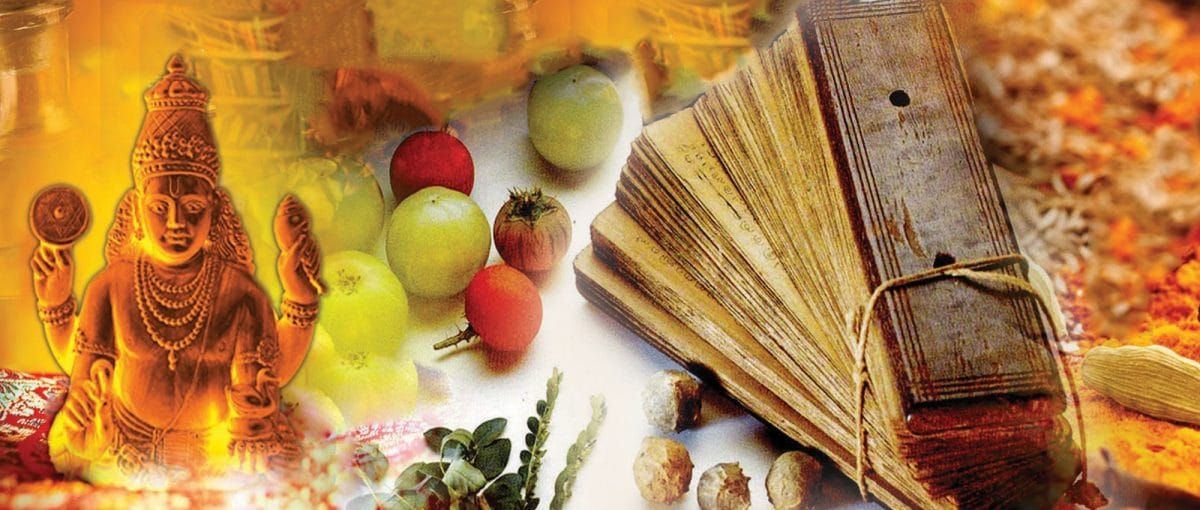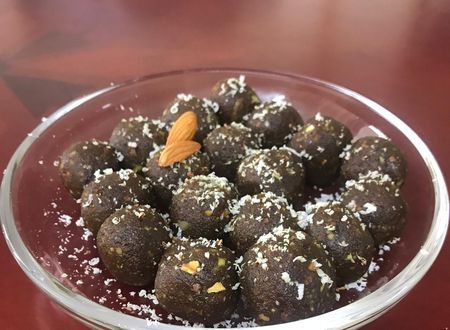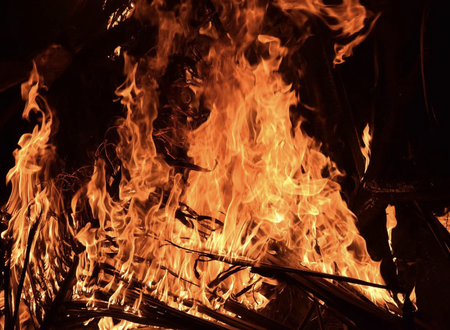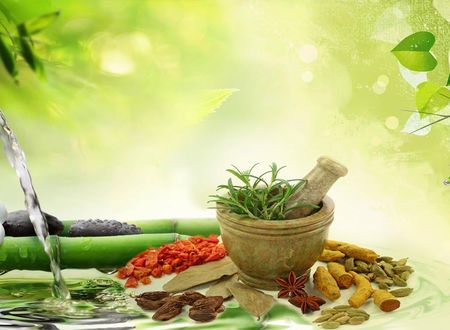Continuing my last post on Vata(Air element), this is part 3 of the Ayurveda series
I discussed about importance of Vata(Air element) in the last post, in this post I shall elaborate on qualities and functions of Vata( Air element)
People waiting to know of pitta, am sorry you have to wait until the next post(part-4 or part-5), I hope you wouldn’t mind.;)
Coming back to Vata, lets first see what are its qualities. Read below- The shloka says
” Tatra ruksho laghuh sheetah kharah sukshmashchalonilaha”
Sheeta- Cold{well, there is also an exception to this rule elsewhere it says Vata is also Anushna sheeta( neither hot nor cold) because of its yogavahi( means it takes the properties of its associated element, like a liquid poured in the glass takes the shape of the glass) property}, but cold being its property is the general understanding. I hope I didn’t confuse you:)
Ruksha- Dryness
Laghu- Light
Khara- Roughness
Sukshma- minute
Chala- Always moving
Now lets see the functions of Vata. The shloka says( this is a lengthy shloka so please forgive me for writing just the first line of it)
“Utsahochvasanishvasachestavegapravartanai”……………….
No no this is not Greek and Latin, I’ll break it down..hahaha
It is( Ill explain the meaning of each word below)- Utsaho, Uchvasa, Nishvasa, Chesta, Vega, Pravartanai( Now clear? ;))
Utsaha- Always active and energetic
Uchvasa and Nishvasa- Inhalation and exhalation
Chesta- All bodily activities such as sitting, standing, walking etc
Vega pravartanai- means it induces the elimination of toxins from the body( excretory products), to keep the circulation going in the body, carrying nutrients with it and also takes care of sensory perceptions. The expulsion of the foetus at the time of labour is also the function of vata.
Now this explains why Vata is so much stressed upon by Ayurveda vaidyas. Vata performs all these functions when in prakrutavasta( in its normalcy)
When he goes vikruta( vitiated/agitated) he creates havoc in the system.
Each of these tridoshas have 5 types, of which we shall now see the types of Vata.
Vata types- I’ll just name them here
Prana, Udana, Vyana,Samana, Apana- All these types of vata have their individual functions designated to them. I’ll explain each of their functions in a word or two, in the next post and also the characteristics of vata individuals. 🙂 I hope its not too much of a wait and please do let me know if its getting bored.
Writing these series, has brought me back my memories of my first year medical school, where we would all be busy memorizing all these shlokas and our professor would present a big chocolate, to anyone who would memorize and recite it correctly… and yes I did receive one:).. In fact am going back to referring my book again to make sure I do not confuse you by trying to explain too much of technicalities and also not to keep it too superficial…
The intention of this series is to get you to understand our Indian system of medicine because we have lost the touch with our roots, this is an attempt to going back to our roots. This reminds me of a saying that says, if we have lost something then we ought to search in the same place where we lost it.
Well, neither am I an expert because Ayurveda is a vast ocean and may be what I know of Ayurveda is just 0.0000001% am still learning too, this learning is gonna be never ending, but definitely worth it!! Am glad that Ayurveda chose me :)..Too much of a philosophy??!! hahahha.. I’ll end it here for today. Am looking forward to post next post tomorrow if my schedule permits.
Thanks to all wonderful souls:)









Comments & Discussion
32 COMMENTS
Please login to read members' comments and participate in the discussion.